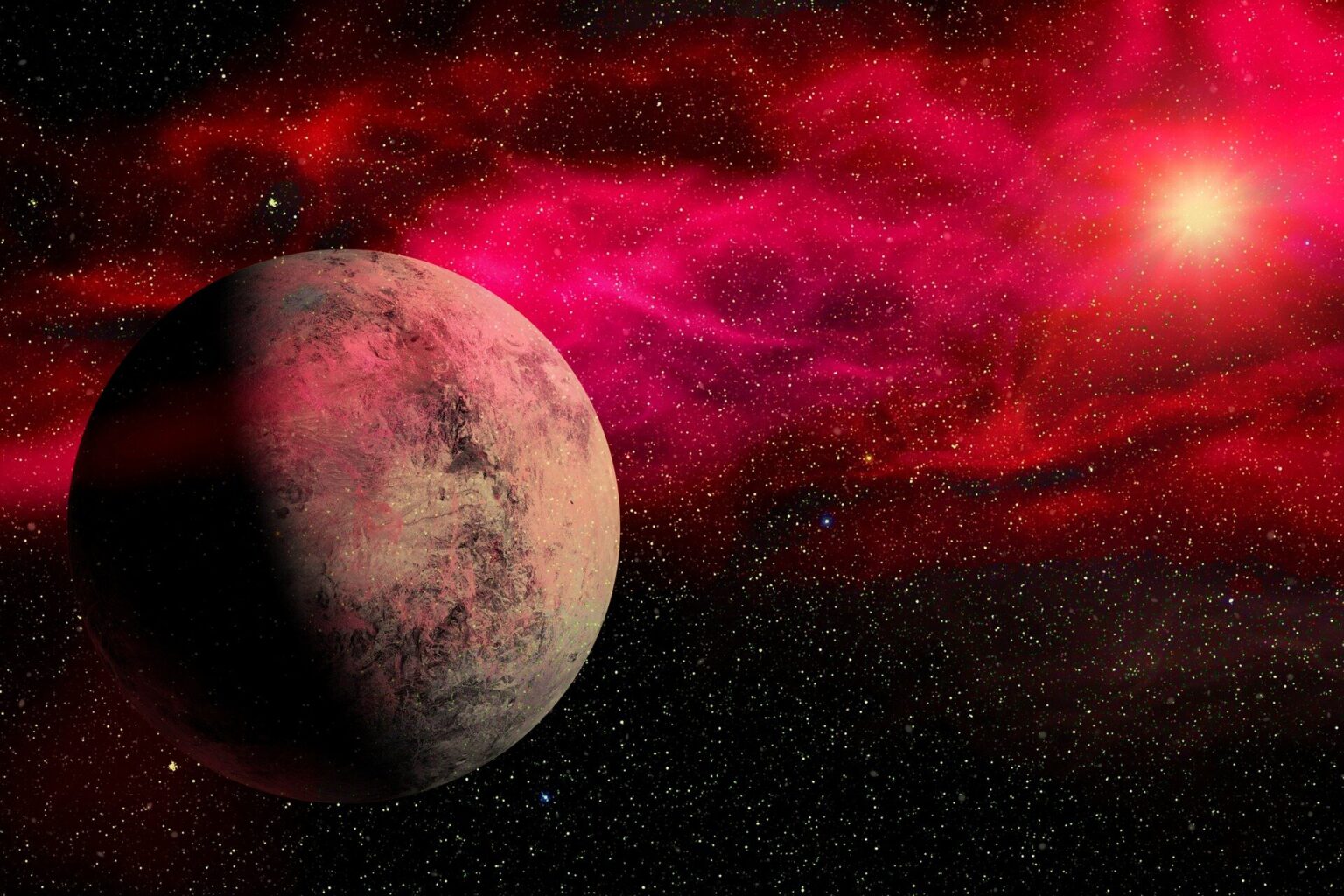Scientists have analyzed the eccentricities of the orbits of planets in the zone of life of red dwarfs. Two-thirds of them are experiencing a strong warming up due to the action of tidal forces. However, the rest should have quite habitable conditions.

Tidal forces in red dwarf systems
Researchers Sarah Ballard and Sheila Sagear from the University of Florida published a study in the journal Proceedings of the National Academy of Sciences on the suitability of planets in red dwarf systems for life.
These small stars, which are not much different in size from Jupiter, but at the same time much more massive than it, make up most of the luminaries in our Galaxy. Also, planets, even as small as Earth, are easily detected near them. Therefore, it is not surprising that scientists suspect that if life is worth looking for somewhere, it is in their systems.
However, scientists indicate a number of factors that, under certain conditions, can make life on the planets of red dwarfs impossible. And the main one is the fact that the luminosity of these stars is much smaller, and in order to receive as much light from them as the Earth, the planet must be much closer to them.
And this, among other things, means that it will be strongly influenced by tidal forces from the star, causing a number of negative effects. Most often, synchronous orbit is mentioned among them, in which the planet is always turned to the star with one side. However, the authors of the study have drawn attention to the fact that the gravity of the star can also greatly warm up the planet.
Are the planets in danger of tidal heating
The effect of tidal heating, which occurs when a smaller body orbits around a larger one, is well known to astronomers in our Solar System. By the way, it turned Jupiter’s moon Io into a molten volcanic world. Therefore, Ballard and Sagear wondered if the same thing would happen to planets that orbit red dwarfs.
The key point here is the fact that tidal heating is facilitated not so much by the small distance from the star itself, but also by the significant eccentricity of the orbit, which the body may have at the same time. It causes a situation where tidal forces increase and decrease. Therefore, the planet, moving away from the sun, experiences additional deformation from its own gravity.
How all this can end, it is clearly seen from the same Io. There were no traces of water left on it. Therefore, scientists selected about 150 planets orbiting red dwarfs and analyzed their eccentricities.
A third of the worlds are habitable
It turns out that two-thirds of the worlds that the researchers have studied actually have such eccentricities that should withstand significant tidal heating. Life on them is most likely impossible. But the rest do not receive additional heat. There is just enough of it there to sustain life.
At the same time, the researchers make an interesting conclusion that the planet will be of great importance in this regard, whether the planet under study is one in the system or there are several of them there. In the second case, celestial bodies tend to stabilize each other and provide circular orbits.
The general conclusion regarding planets in red dwarf systems is optimistic. The third that will not undergo catastrophic heating is actually hundreds of millions of celestial bodies throughout the Galaxy, on which it is worth looking for life.
However, this parameter is only one of a number that can potentially make a planet in the red dwarf system uninhabitable. The end of the debate is still very far away, but the result proves that it is not worth “writing off” all red dwarfs together.
According to phys.org
Follow us on Twitter to get the most interesting space news in time
https://twitter.com/ust_magazine
